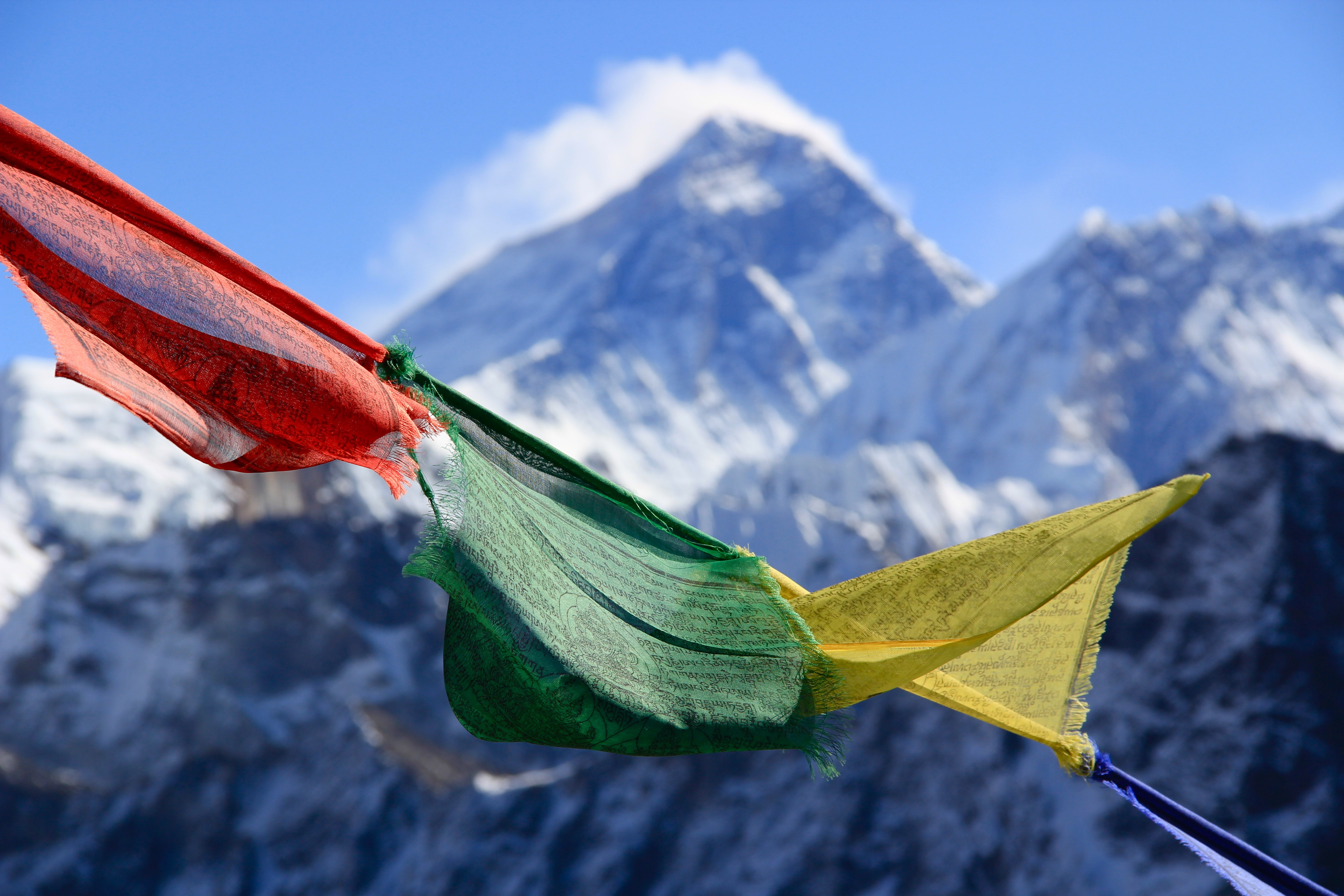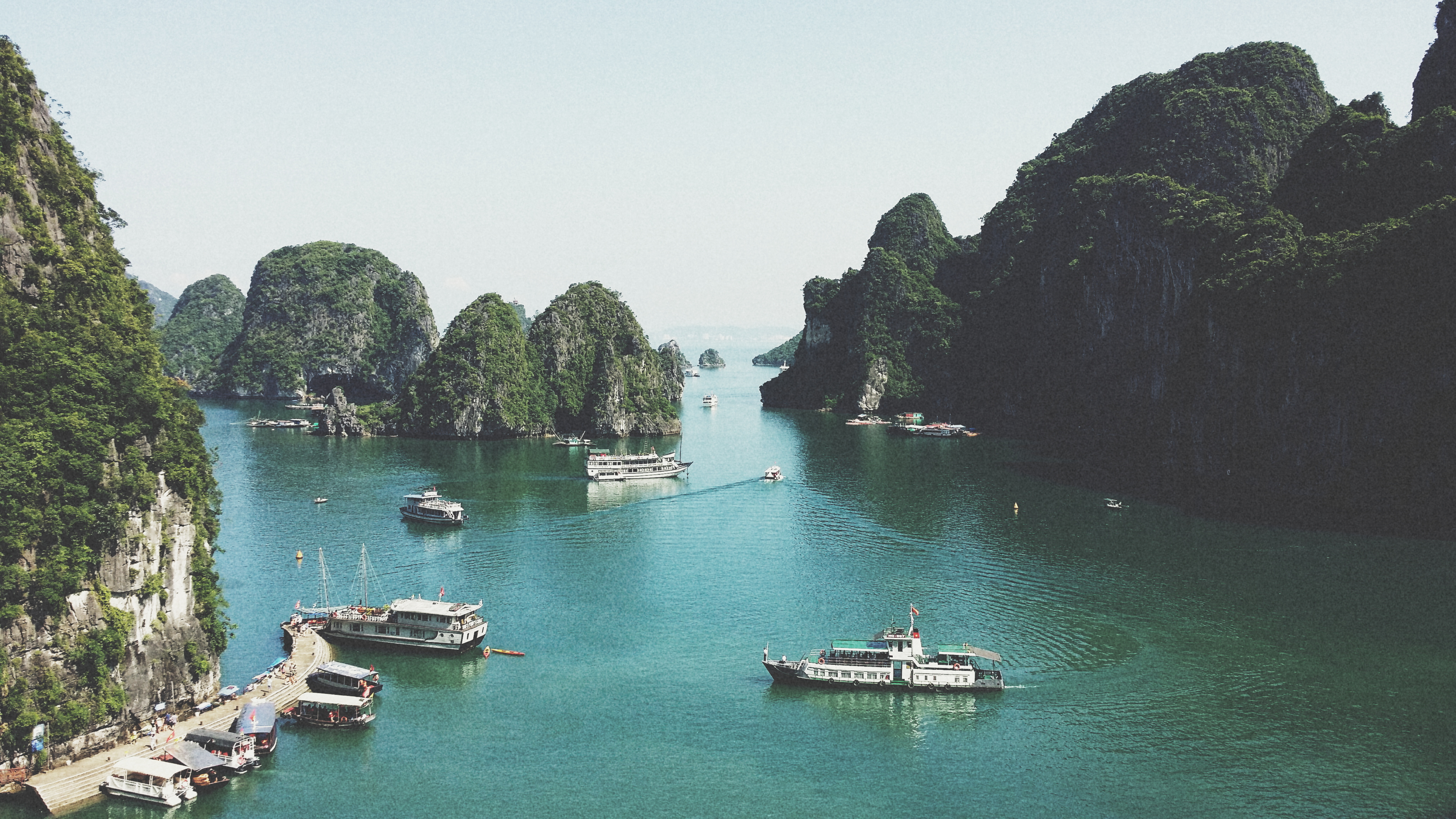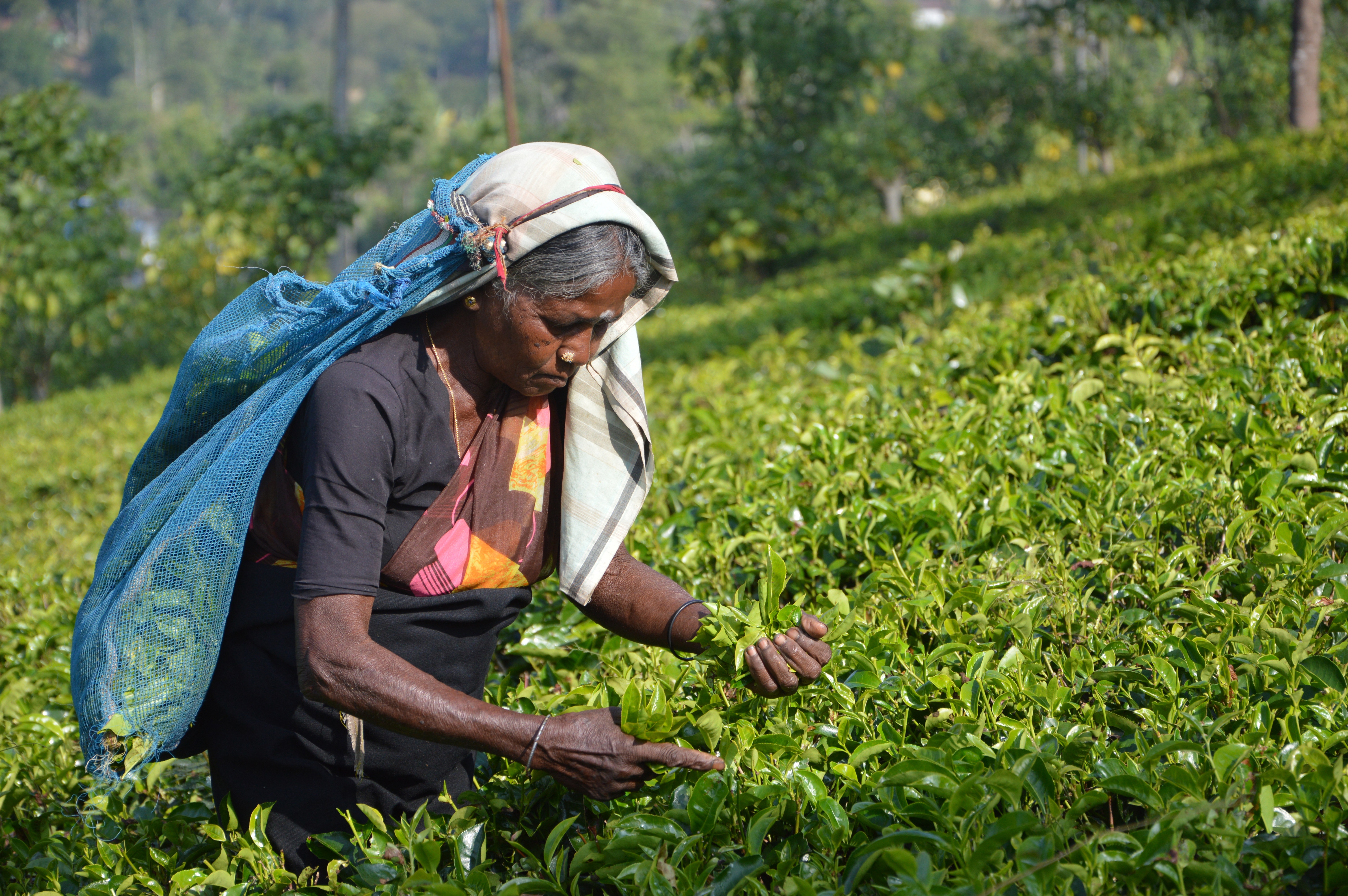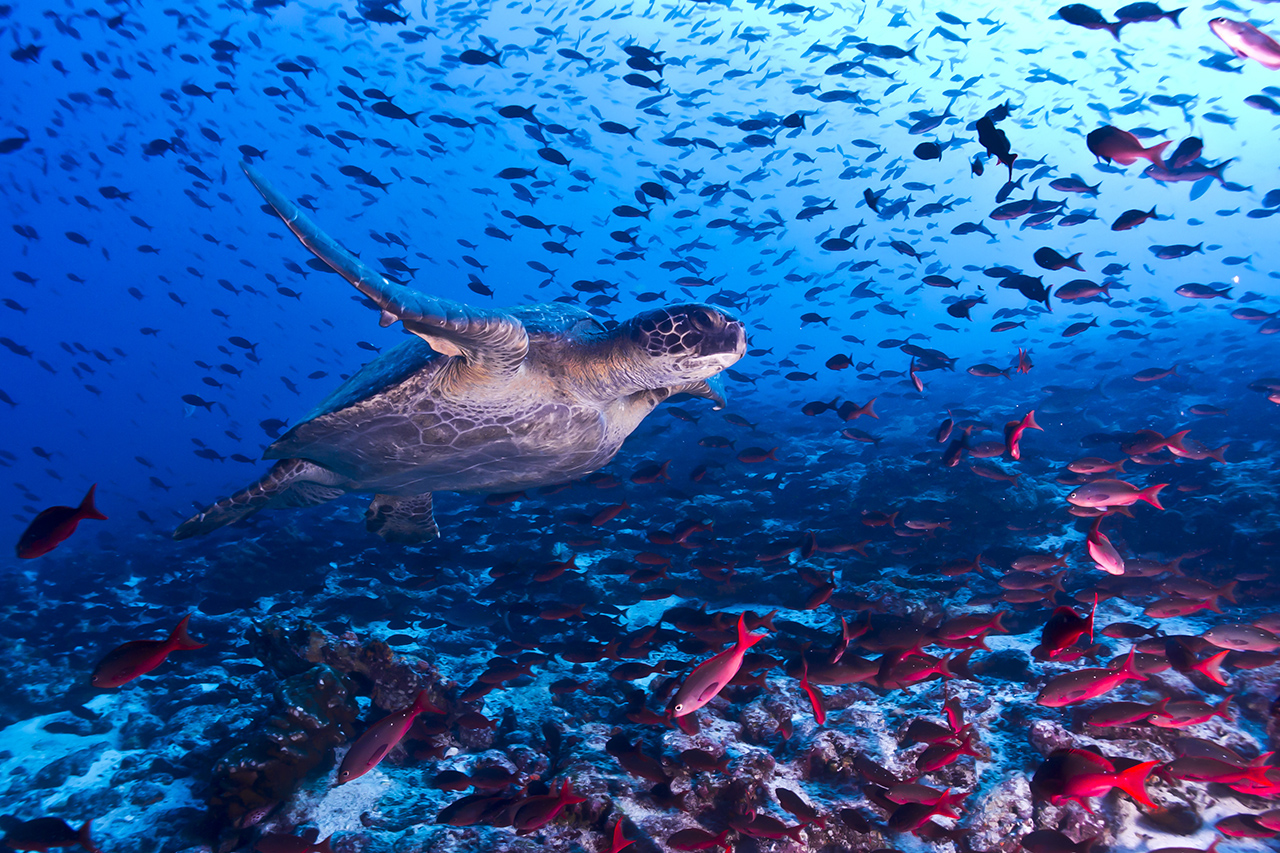Top 5 Destinations for a Geography School Trip
Geography School Trips: Connecting Classroom Concepts to the Real World
Geography is best understood in context—when students witness first-hand the dynamic systems shaping our planet. These global trips reinforce key geographical themes, while blending outdoor exploration, cross-cultural learning, and curriculum enrichment.
1) Nepal
Mountain Geography & Tectonic Forces
Why it’s perfect for a geography school trip: Nepal is perfect for a geography school trip because it offers a stunning array of diverse landscapes, from the towering peaks of the Himalayas to lush lowland jungles. Students can explore the world’s highest mountains, study tectonic activity, and learn about the impact of climate change on fragile ecosystems. The country’s rich cultural heritage, combined with its complex geography, provides a dynamic setting for understanding physical geography, human-environment interaction, and sustainability in a rapidly changing world.
Curriculum
- Study the collision of tectonic plates forming the Himalayas while hiking, observing physical geography in action
- Examine glacier retreat and climate change impacts on mountain environments
- Volunteer to help protect the home of wildlife such as the endangered Bengal Tiger
- Explore high-altitude villages and discuss adaptation to elevation and climate
Adventure
- Trek through the Annapurna region or to Everest base camp, 17,600 feet above sea level
- White water rafting in Pokhara
Culture
- Explore Kathmandu's streets, eat at traditional tea houses & take a Nepali language class
- Visit significant landmarks such as the Barahi Temple & the World Peace Pagoda

Why it’s perfect for a geography school trip: Ecuador and the Galápagos Islands are perfect for a geography school trip because they offer an exceptional mix of diverse landscapes and ecosystems, from the Andean highlands to the Amazon rainforest and the volcanic archipelago of the Galápagos. Students can study tectonic processes, climate zones, and island formation, while also learning about the impact of human activity on these unique environments. The chance to explore such varied geography in one trip provides a hands-on, immersive experience in both physical and human geography, making it an ideal destination for understanding the complex relationships between people and the planet.
Curriculum
- Study endemic species and Darwin’s theory of natural selection at the Charles Darwin Research Centre
- Examine volcanic geology, unique marine ecosystems & rainforest biodiversity
- Volunteer at an animal rescue centre in the Amazon
- Conduct fieldwork across coastal, highland, and rainforest ecosystems.
- Explore the geographic implications of life along the equator.
Adventure
- Snorkel with sea lions, sea turtles and marine iguanas
- Hike the epic Sierra Negra Volcano & explore the lava tunnels
Culture
- Explore conservation efforts and speak with locals about protecting the archipelago.
- Experience different cultures across the Amazon, Andes, Quito (the capital of Ecuador) & the Galapagos Islands to examine how geography shapes livelihoods.
3) Costa Rica
Ecosystems, Climate, and Sustainability
Why it’s perfect for a geography school trip: Costa Rica is perfect for a geography school trip because of its diverse landscapes, including volcanoes, rainforests, beaches, and cloud forests, all within a compact area. Students can explore the country’s unique geography, from tectonic plate movements that create volcanic activity to the effects of climate on ecosystems. With its commitment to conservation and sustainable tourism, Costa Rica also provides valuable lessons on environmental stewardship and the balance between development and preservation. This combination of physical geography and real-world sustainability makes it an ideal destination for geographic exploration.
Curriculum
- Explore new ecozones such as the famous Monteverde cloud forest, mangroves, volcanoes the Caribbean coast and national parks.
- Volunteer at a local fair trade coffee plantation to learn about sustainability, climate change, tourism & conservation
- Visit turtle and macaw conservation projects
- Investigate erosion, land use, and conservation strategies.
Adventure
- Zipline through canopies, hike volcanoes, and raft rainforest rivers.
- Relax in local volcanic hot springs while discussing the geothermal energy creating the heat
Culture
- Visit eco-villages, organic farms, and reforestation projects led by local communities.
- Engage with indigenous communities

4) Vietnam
Climate, Agriculture & River Systems
Why it’s perfect for a geography school trip: Vietnam is perfect for a geography school trip because of its stunning geographic diversity, from the lush, mountainous terrain of the north to the fertile Mekong Delta in the south. Students can study the effects of monsoon climates, river systems, and the impact of human activity on landscapes, including the dramatic karst formations in Ha Long Bay and the extensive coastal plains. Vietnam’s rich history of environmental challenges, such as deforestation and flood management, also provides valuable lessons in sustainability and human-environment interaction, making it a dynamic and educational destination for geography students.
Curriculum
- Discuss monsoon patterns and how climate change has impacted traditional rice farming practices
- Study river delta geography through fieldwork in the Mekong region & explore caves via boat
- Delve into Vietnam’s heritage and conservation efforts by visiting the Cat Ba Langur Conservation Project
Adventure
- Experience Vietnam’s stunning landscapes with guided treks in Sapa, remote jungle hikes, and serene countryside walks.
- Kayak Lan Ha Bay, uncover hidden caves, and enjoy rock climbing at Moody Beach.
Culture
- Explore Hanoi’s lively markets, ancient temples, and the enchanting Water Puppet Show
- Connect with local communities in Bac Ha, Sapa, and remote villages, experiencing their vibrant traditions, handmade crafts, and warm hospitality.
- Tour the Cu Chi Tunnels, visit historical war sites, and walk through the War Remnants Museum

5) Sri Lanka
Island Geography & Environmental Change
Why it’s perfect for a geography school trip: Sri Lanka is perfect for a geography school trip due to its diverse landscapes, from the central highlands with lush tea plantations to the tropical beaches and coastal plains. Students can study various geographic features, including rainforests, rivers, and volcanic formations, while exploring how climate and topography shape ecosystems and human activity. Sri Lanka also offers insights into sustainable agriculture, wildlife conservation, and the impact of tourism on the environment, making it a rich destination for learning about physical geography, human-environment interaction, and environmental stewardship.
Curriculum
- Analyse coastal erosion, tourism development, and water resource management.
- Study unique biodiversity and protected areas on a small-island scale.
- Visit the Elephant Transit Home to see orphaned elephants on their way back to the wild
- Take a boat safari along the Madu River and visit a turtle hatchery to learn about conservation efforts
- Take one of the world's most scenic train rides through tea plantations and learn how geography influences agriculture and trade.
Adventure
- White water raft through lush jungle & hike up to Little Adam's Peak for sunrise
- Embark on an exciting jeep safari in Yala National Park, home to leopards, elephants, and other exotic wildlife
Culture
- Explore iconic landmarks such as Polonnaruwa’s ancient ruins and Sigiriya Rock Fortress
- Visit a local school to play cricket with them & have authentic encounters with local farmers in picturesque villages

Final Thoughts
Educational travel transforms geography lessons into real-world experiences. By exploring diverse landscapes—from Nepal's tectonic activity to Costa Rica's varied ecosystems—students gain a deeper understanding of physical and human geography. These trips enhance curriculum learning, foster spatial awareness, and highlight the interconnectedness of global systems.
Contact us to get your free tailor-made itinerary!
Want to learn more?
--> Explore our other destinations & subjects
--> Read our other resources & articles
Want to learn more?
--> Explore our other destinations & subjects
--> Read our other resources & articles
 Change region
Change region  United Kingdom
United Kingdom United States
United States
